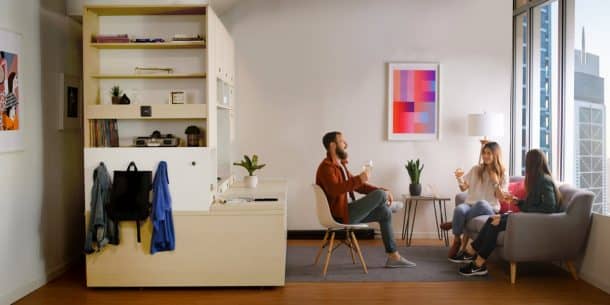Designer Yves Behar and MIT Media Lab students joined hands to come up with a furniture startup called Ori Systems and it is now making modular robotic furniture for apartment buildings across the US.
Two MIT students, Kent Larson and Hasier Larrea, came up with the idea to create modular furniture that could be robotically transformable making it easy to reconfigure a single space into a multi-purpose environment, and they named it CityHome. The small space of your apartment can function as a bedroom, living room, and office with lots of storage space. The Ori Systems robotic furniture is available for preorder, and the first 1,200 systems are planned to be installed in luxury apartments in the coming year.
CityHome evolved into Ori Systems by 2016 and created the first prototype single wall unit that you can wheel across the room and shift into different configurations at the touch of a button. Roll a bed out whenever you want to sleep, or a desk when you want to work, or simply push it against the wall for a spacious room.
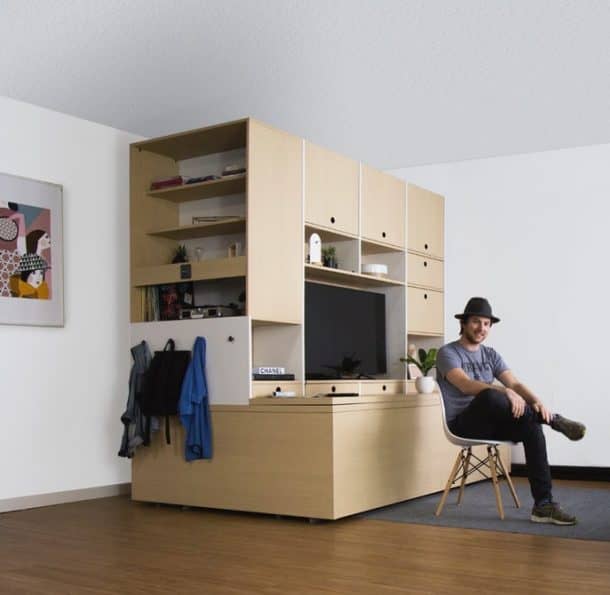
The final commercial product is slightly different from the prototype as it comes in two different models, primarily of different bed sizes. The product comes flat-packed so you can easily transport it and assemble on site. A standard electrical outlet powers the entire thing.
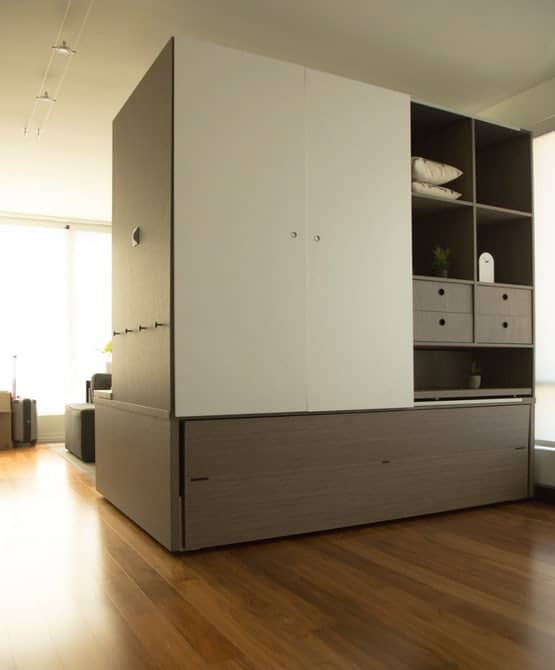
The unit control interface is not the only thing that you can control your robotic furniture with. Amazon Alexa or an Android or iOS app can do the reconfiguration for you. Do not worry about a power outage as the system can be switched to a manual mode where you can move it yourself. Be careful about using Alexa if you are a sleep talker; it is really not a good idea to ask Alexa to squish you in the bed while you sleep.
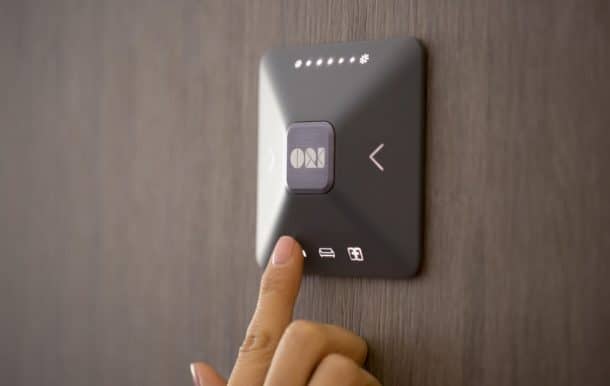
The pre-orders are available only for property developers yet, so you will have to wait a lot of time before these reach retail shelves, and even then, a price tag of US$ 10,000 is expected. Well, since the robotic furniture packs most of your furniture necessities, this might not be a bad deal at all and the prices are supposed to go down when the company sets up production.
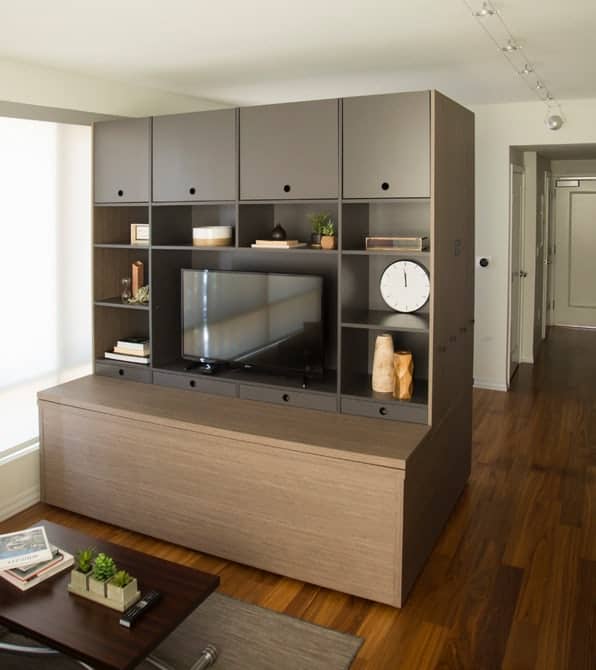
Watch the system in action in the video below:


